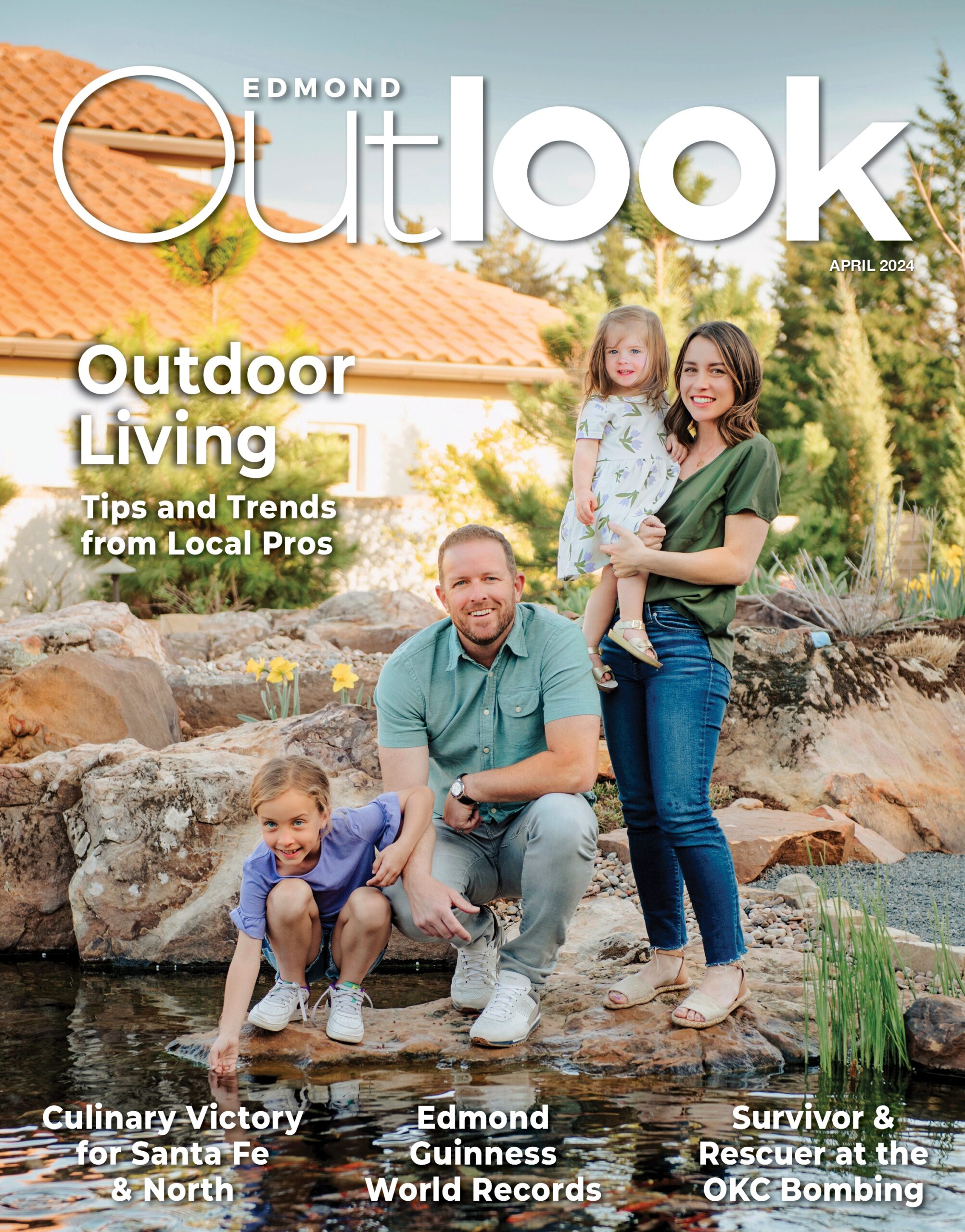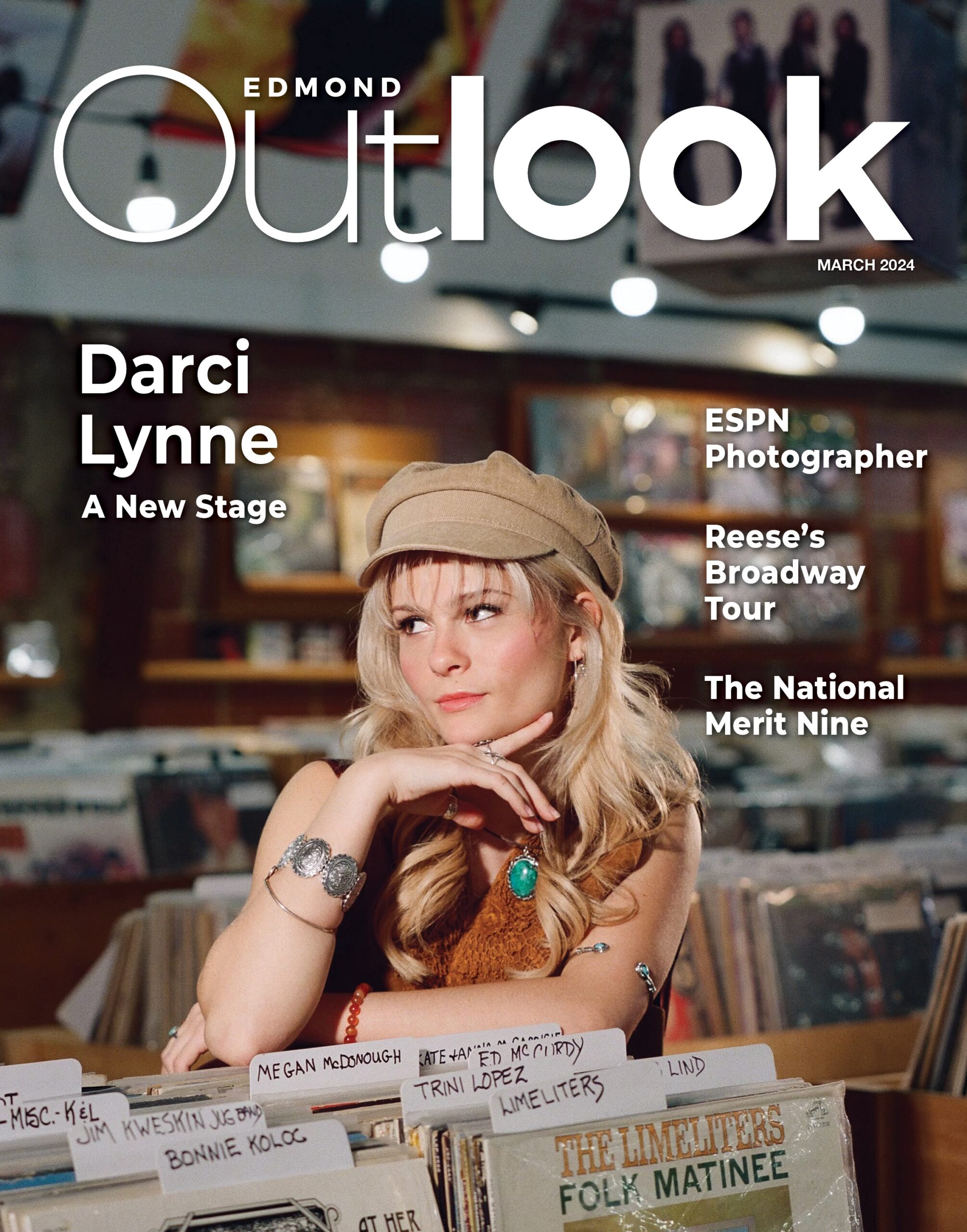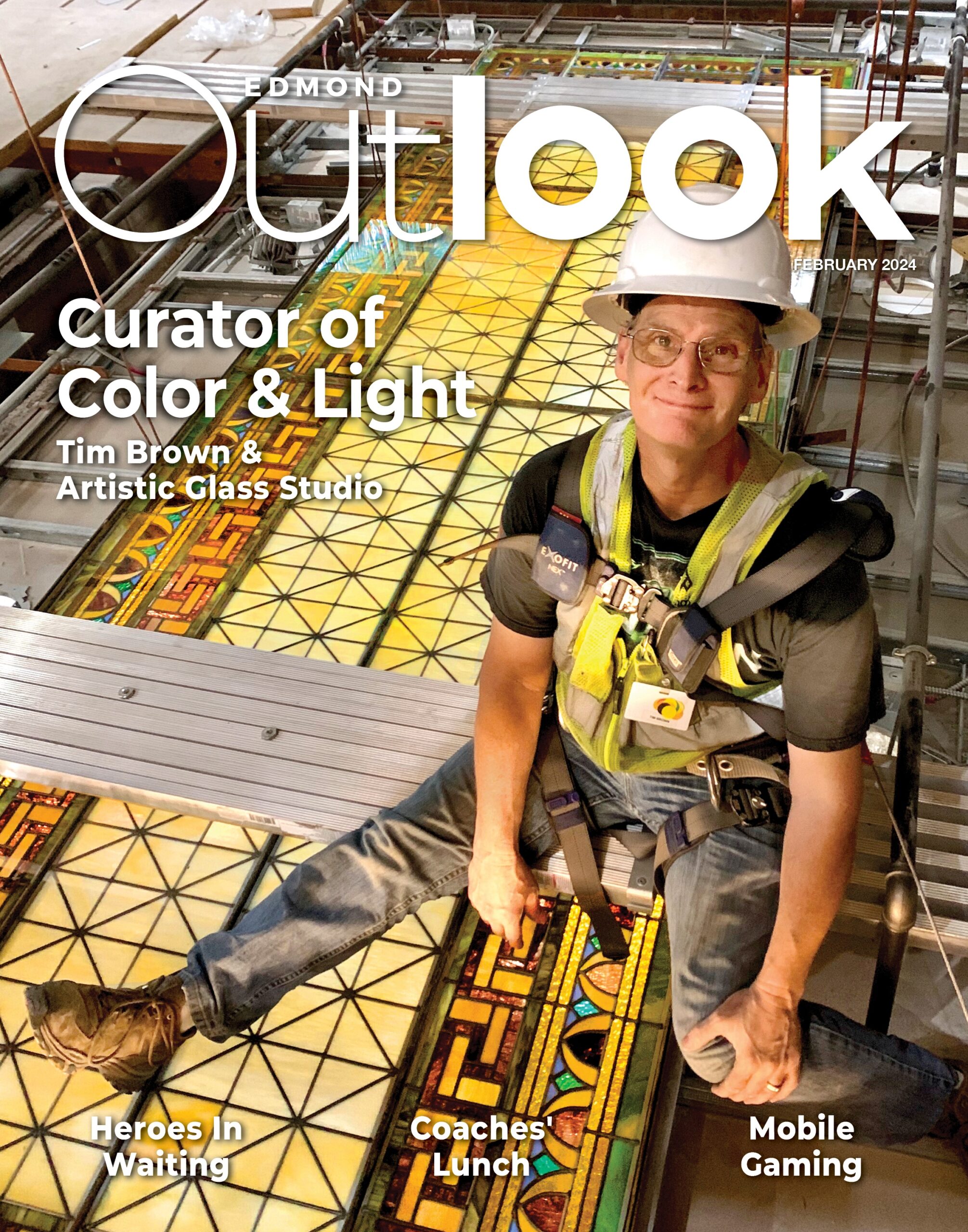A&E: Londell McKinney
Arcadia freelance photographer Londell McKinney finds the world a captivating place. Whether the scenes seem as ordinary as a wildflower or as extraordinary as a mountain top, McKinney sees through his camera lens what we often miss as we hurry along life’s hectic pace.
Adding to the fascination of his remarkably captured images is the fact that McKinney views the world’s beauty and depth with the use of only one eye. A childhood accident forever altered how he perceives his surroundings, but it never changed the way he viewed himself.
“Where I grew up in West Virginia, you didn’t let things like that stop you. If something was stacked against you, you just picked up and decided to make the best of the hand you were dealt,” said McKinney. “I can honestly say that even though it made things like driving a car more difficult, it’s a gift that has given me an ability to see the world the way no one else can.”
An eclectic photography style reveals his interests in everything from wildlife in Mexico to the waterfalls of Yellowstone. From covering everyday news and events, to finding himself in high demand for specialty equine and western photography, McKinney loves the variety.
His work appears in travel magazines throughout the nation. Locally, the OU Public Health magazine and the Oklahoma Dressage Society newsletter both highlight his photography. And just three years ago, he landed the cover of Appaloosa Journal.
The journey to full time photography was a winding road. After he graduated from the West Virginia Institute of Technology with a degree in education, McKinney was a band director and teacher for seven years. He went back to school and obtained a master’s degree in counseling, then moved to adult education and computers before starting his own software company. “At age 50, I decided to do what I really wanted to – pursue and start photography full time. My passion for it goes back to high school when my parents gave me a camera as a graduation present. I’ve loved the sound of the shutter ever since,” he said.
McKinney was more than a hobbyist as he kept up with the extensive technological changes over the years in equipment and production. “I use Cannon equipment and converted to digital seven years ago. I actually use a raw format that mimics 35mm film because it allows me to have more raw information to work with,” said
McKinney. “The current state of photography is in constant change and the equipment is always evolving but the art of photography will never change. I use the same techniques with a computer that I used in the dark room to render pictures as I remember seeing them.”
A spacious 800-square-foot studio holds an Epson Pro 9900 printer that allows him to print photographic paper up to 44 inches wide by 100 feet long. He does all of his own production, including frame work and canvassing. “I want to make sure the colors I have on my screen are those that are printed,” said McKinney. “As with a lot of artists, it’s important to me that my work is unchanged from the moment I finish it, to the moment I show it.”
His passion for photography is as much about art and production as it is his audience. “I took a shot of a street in New Orleans the year before Katrina hit. It was early in the morning after Mardi Gras and the streets and buildings were vibrant with color because they had just washed the street. I often think about the fact that no one will ever be able to see that again” he said, noting that no two moments in time can ever be the same after such a devastating event.
McKinney only began his full-time life’s calling at the age of 50, so he doesn’t expect to slow down anytime soon. He looks forward to a busy career. “I want to bring people places I have been; places that they may never see. I have had the chance to see things that no one else ever will.”
To catch a glimpse of the world as McKinney sees it, visit www.nmihome.com.


